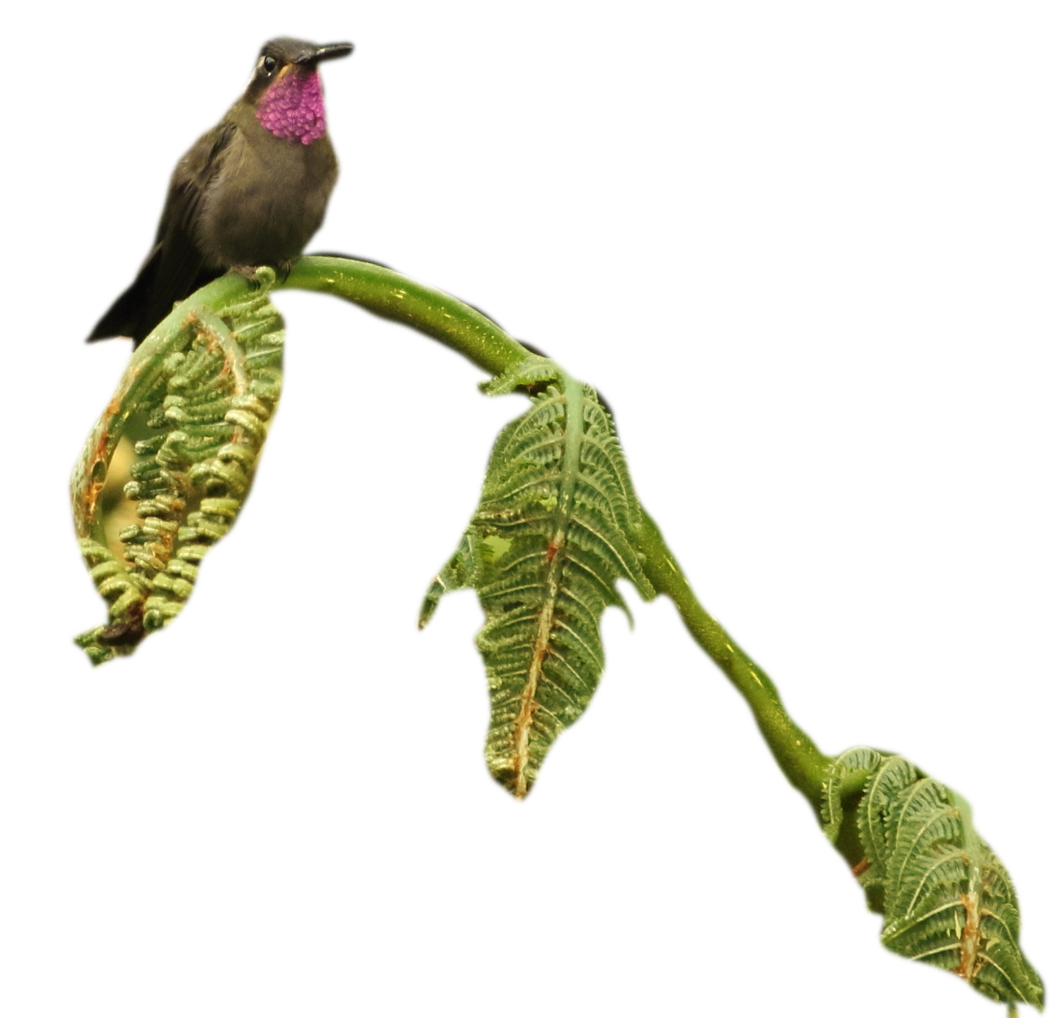Connect and
Contribute
Contribute
Cerro Amay called us to action
Now the Jewels of Quiché need us!
Connect
Communication is essential to developing ties within communities and beyond their borders. If you share a mutual interest in protecting the forest and would like to collaborate on the newest conservation project at Forest Primeval, please reach out. Coordinating via email is the best way to reach us.

Contribute
Generosity is essential in conservation. There is more need for conservation funding than there are funds. One-time and recurring donations from any and everyone will help us protect these forests.
Cerro Amay: You will support protection through forest patrols, law enforcement, and community-based agroforestry projects that eliminate the need for deforestation among the highland Maya.
Current goal: $25,000.
Click to support!
Jewels of Quiché: Our needs are comprehensive, encompassing local indigenous membership coordination, communications, travel, and conservation program incentives.
Current goal: $160,000
Click to support!
Team
Our Diverse Team
Includes Specialists from
Relevant Fields all over the world.
Includes Specialists from
Relevant Fields all over the world.
Dr. Philip Tanimoto
Growing up in New England, Philip spent a lot of time exploring rivers and lakes from a canoe and observing birds through his binoculars. With degrees in natural sciences, he is focused on preserving Earth’s biota and improving our stewardship of wildlife, aquatic resources, natural landscapes, and ecological services. In 1997, he established a nonprofit organization called Conservation Imaging (now Forest Primeval) which worked closely with other nonprofits, academic institutions, tribal entities, and municipalities to respond to threats and facilitate land use planning. An expert in spatial habitat modeling and forest analysis, his datasets have been used to advise management plans and conservation actions on three continents. During his research, Philip discovered the little-known cloud forest of Cerro Amay, Guatemala, and since 2008, has worked to preserve this virgin forest. That work laid the ‘foundations of trust’ among the local Mayan peoples that has allowed conservation efforts to proceed, starting with agroforestry, ecotourism, and biological research. Today he is spearheading Forest Primeval’s new program, ‘The Jewels of Quiché, comprised by a set of little-known cloud forests and mountain vistas in Quiché, Guatemala, where endemic fauna and flora thrive and irreplaceable ecosystem services persist.

Claudia Quijivix Hernández
Ms. Quijivix is a tropical plant ecologist who speaks Spanish, English, Italian, German, and French. After obtaining her bachelor’s in biology, she is now focused on her master’s program in applied statistics. An expert tree climber, she uses the latest apparatus to access the high canopies of Guatemalan forests to conduct her research on the plants and animals living high above the forest floor. She was one of the first to ascend into the canopy at Cerro Amay, demonstrating that forest conservation is not for the faint of heart. Claudia’s overactive brain loves to analyze difficult logistical questions to people in need, worldwide, through her nonprofit employer, Poland-based Fundacja. She has already taken on assignments in India, Ethiopia, Haiti, Chile, Colombia, Poland, California (wildfire response), and Ukraine. As a certified EMT, Claudias skills are invaluable wherever she works.

Professor Enrique Cor Silvestre
Mr. Cor has an unbridled passion for the natural beauty of Guatemala and is committed to both the conservation of, and education about, its soils, waters, forests, and farms. Enrique grew up in the Sacapulteco Mayan culture in Quiché Department, and from his hometown of Sacapulas, had an expansive view of the mountains—’Las Joyas de Quiché.’ As Professor of Agronomy and Agriculture at the National University of San Carlos at Quiché, Professor Cor works with students from several Mayan cultures—the Ki’ché, Keq’chí, Ixil, and Sacapulteco among them. A born leader, he helps all his students understand that a career in agriculture is part of a 9,000 year old Guatemalan tradition that depends simultaneously on a love for the land, a love for nature, and constant adaptation. Among his many activities, Enrique represents the Sacapultec community in the multi-ethnic departmental COMUDE, an official, information and planning body of the Government of Quiché. He also donates his time generously to outdoor interpretation and education.

Erick Lopez
Erick is a Guatemalan herpetologist and president of the country’s leading mammal conservation association. As a conservation ecologist and biodiversity expert, he has built his expertise through extensive biological surveys across Guatemala. He is affiliated with multiple academic, conservation, and humanitarian organizations and serves as a consultant on various projects aimed at preserving forests and wildlife while assessing the impacts of unchecked agricultural expansion on natural ecosystems. In addition to his work in biodiversity, Erick is a climate and carbon researcher who collaborates with indigenous communities to develop resilience strategies against rising temperatures and shifting rainfall patterns. A strong advocate for reforestation and forest regeneration, he applies innovative techniques to mitigate greenhouse gas emissions and address their connection to coffee production and other local products. His extensive field experience in the northwestern Highlands aligns closely with the projects currently underway.

Dr. Alejandra Zamora
Dr. Zamora is an Assistant Professor of Conservation Genetics at Universidad del Valle de Guatemala, and Director of the Center for Biotechnology Studies. In 2012, she was the first herpetologist to visit the nuclear cloud forest at Cerro Amay. There, she documented the occurrence of the endangered Plectrohyla guatemalensis—the Guatemalan spike-thumb frog, which occurs only in cloud forests that are themselves in peril. Dr. Zamora is an expert in the molecular genetics of the invasive Chytrid fungus that is decimating amphibian species in Latin America. She discovered Chytrid at Cerro Amay at low levels, which is probably due to the pristine nature of the cloud forest there. As humans fragment the original forests using chainsaws, they spread this fungus ever deeper into the forest.
oazamora@uvg.edu.gt

Igor Sarmientos Melgar
Dr. Sarmientos earned his M.D. with a specialization in pediatrics at the National University of San Carlos, Guatemala. He conducted his research and fulfilled his residencies in the Guatemalan healthcare system. Since 2021, he has been affiliated with University Hospital in Magdenburg, Germany and currently works with the AMEOS group in Aschersleben, a beautiful village in north-central Germany. Igor is also one of Guatemala’s most skilled wildlife photographers, exploring with endless patience Guatemala’s spectacular cloud forests and rainforests where he specializes in little-known herpetofauna.

Louis Wray
Louis is our multi-talented Communications Director and our tech-savvy ‘media mogul’ who creates compelling graphics and designs and maintains our website, captures beautiful content from nature, and ensures that our organization is presented cleanly, simply, and brilliantly to the public. An expert climber and videographer, we rely upon Louie to capture what no one else can. In his spare time, he is an expert boat captain and a PADI-certified SCUBA diver, as well as a submarine nature guide.


